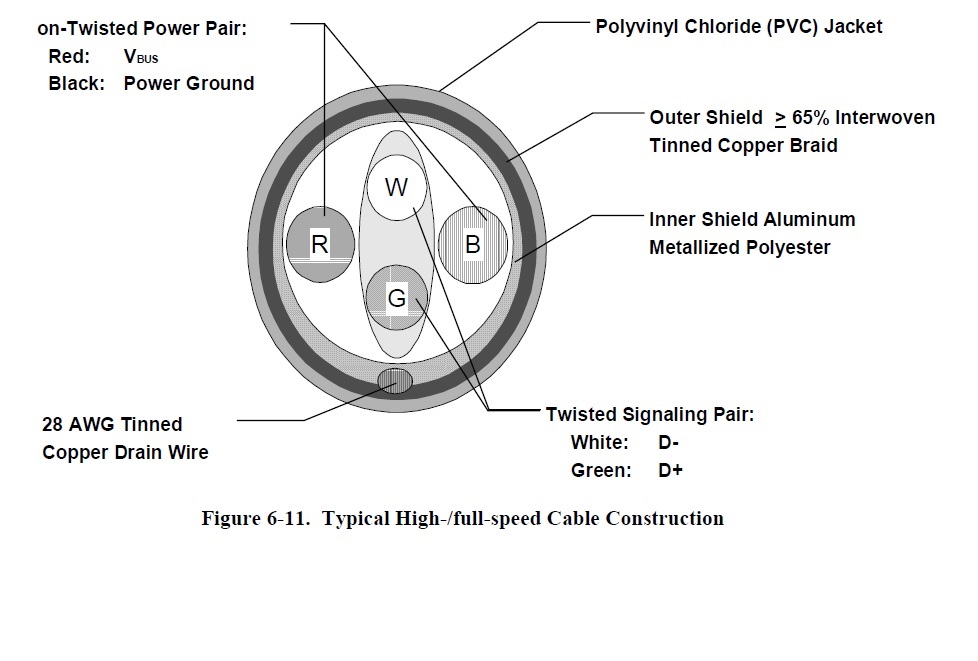gregorio
Headphoneus Supremus
- Joined
- Feb 14, 2008
- Posts
- 6,912
- Likes
- 4,141
Well that's your opinion of which your entitled ...
What's my opinion, that you quoted an entire analogue studio as representative of the analogue section of your DAC, that an analogue studio drawing so much power that it trips a 20 amp circuit is not representative of your DAC or that in response to me explaining this, you stated you had no interest in studio equipment and therefore wouldn't respond any further?
... if different cables are able to isolate the effects of high currents passing through the power cable from the signal ones, then not all cables sound the same in all circumstances if these currents can have a deletereous effect on the signal (timing at the receiver, increased noise, etc).
Firstly, that's *IF* a particular audiophile cable does actually provide better isolation and secondly, what "high currents passing through the power cable"? Sure, the studio setup you quoted was drawing a high current but your DAC is not, it's probably drawing no more than a few hundred milli-amps!
No one is saying electrical, source, jitter or other causes of noise does not or should not exist in the analogue section of a DAC. No one is saying a DAC should be able to eliminate all noise, that it should have zero noise and an infinite dynamic range. I'm saying that a DAC can relatively easily and cheaply isolate itself from USB power and other forms of transmitted noise well enough to reduce that noise to levels well below audibility. This is not an opinion, it's a fact and it's a fact not only because science and electrical engineering indicates it should be the case, it's a fact because there are cheap DACs on the market which actually demonstrate it! If cheap DACs can achieve this feat, why can't more expensive or very much more expensive audiophile DACs? Which brings us back to the two options of why we might hear a difference between ordinary and audiophile USB cables:
1. There is no actual difference, the difference heard is not in the actual sound output by the DAC but in the perception/imagination of the listener OR
2. That the DAC is incompetently designed, flawed or broken.
There is a third potential option, the case of an extreme environment but exceedingly few consumers, if any at all, will routinely encounter such circumstances. In the vast majority of cases I assume the first option to be the explanation but that IS an opinion because I have not measured or seen reliable measurements for the vast majority of audiophile DACs.
G
Last edited:























